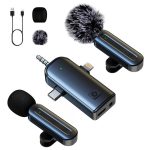Contents
- 1 Legal Considerations Before Recording Phone Calls
- 2 Preparing to Record a Phone Call: Tools and Apps
- 3 Step-by-Step Instructions for Recording a Call on iPhone
- 4 Step-by-Step Instructions for Recording a Call on Android
- 5 Capturing Phone Calls on Landlines
- 6 Recording Business and Conference Calls
- 7 Tips for Ensuring High-Quality Audio
- 8 Storing and Managing Recorded Calls
Legal Considerations Before Recording Phone Calls
Before you learn how to record a phone call, it’s essential to understand the legal aspects. The legality of recording phone calls varies by location. Some regions require consent from all parties involved. In others, one party’s consent is enough. Always check local laws before recording. Ignorance can lead to legal issues. Many places have strict privacy laws. These may impact the recording of phone conversations. You might face fines or legal action if you don’t comply.
Always inform other parties if you plan to record. This is a key legal step. Get consent from them in writing, if possible. This documentation can help protect you in legal disputes. Use recording features responsibly. Respect privacy and legal boundaries. When in doubt, consult with a legal professional. They can offer tailored advice for your situation.
Recording calls without due diligence can be risky. It may violate privacy rights. It could also harm your reputation or relationships. Be cautious and informed when you plan to record calls. Make legal considerations a priority before you start.
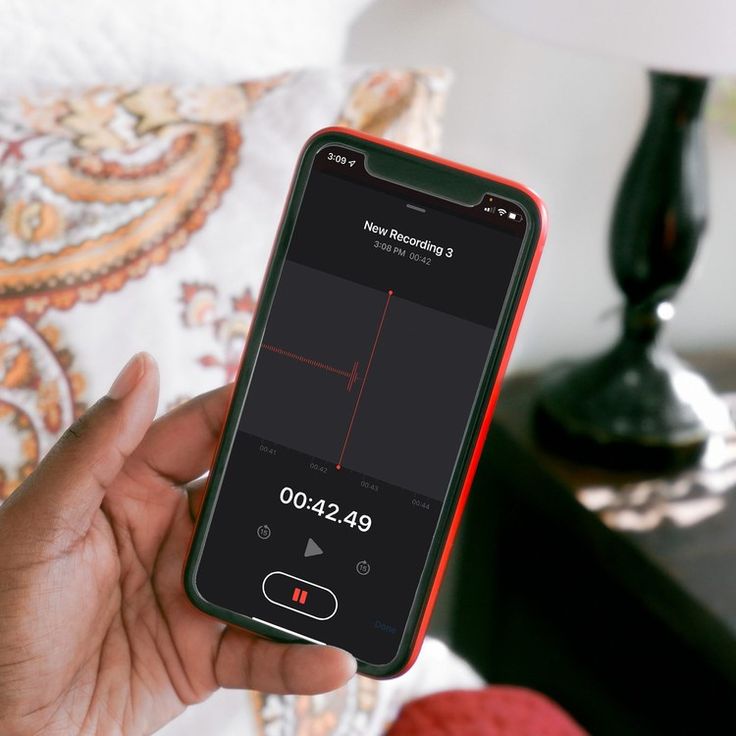
Preparing to Record a Phone Call: Tools and Apps
Before recording, choose the right tools. Select an app suited for your device. For iPhones, apps like TapeACall or Rev Call Recorder are popular. On Android, try Automatic Call Recorder or Call Recorder – ACR. Third-party apps often offer extra features, such as transcription services or easy sharing options.
Consider recording quality before choosing an app. Read reviews and test a few apps to find one with clear audio output. Also, ensure that the app complies with local laws about recording calls. Some might have in-built features to get consent from the other party.
Space on your device is another factor. Ensure you have enough storage for recordings. Cloud storage integration in apps can help manage space effectively. Remember, recordings can take up considerable space over time.
Lastly, always test your chosen app before the actual call. Run a trial recording to ensure everything works smoothly. This step will help you avoid glitches during important calls.
Step-by-Step Instructions for Recording a Call on iPhone
Recording a phone call on your iPhone can be a bit tricky due to Apple’s security features. However, with the right tools and following these steps, you can successfully record both incoming and outgoing calls.
- Download a Call Recording App: First, select a call recording app from the App Store. Apps like TapeACall and Rev Call Recorder are popular choices and come with user-friendly interfaces.
- Set Up the App: After installation, open the app. Follow the on-screen setup instructions. Some apps may require you to register or create an account.
- Check for Legal Compliance: Before starting a call, make sure the app complies with local recording laws. Look for features that notify the other party of the recording.
- Start a Phone Call: Initiate the call you wish to record or answer an incoming call as you normally would.
- Activate the Recording Feature: Follow the app’s instructions to start recording. This commonly involves a three-way call where the app dials a recording line that merges with your call.
- Inform the Other Party: As mentioned earlier, it’s important to notify the other person that you are recording the call. This is a legal requirement in many jurisdictions and ensures transparency.
- Save the Recording: Once the call ends, the recording should automatically save within the app. Some apps also offer the option to save recordings to cloud storage.
- Manage and Access Recordings: Recorded calls are usually accessible in the app. You can play back, share, or transcribe the recordings as needed.
- Ensure Quality: To improve recording quality, ensure you’re in a quiet environment and that both parties speak clearly and are close to their microphones.
Following these steps, you can effectively record phone calls on your iPhone. Always remember to adhere to ethical and legal benchmarks when recording any conversation.
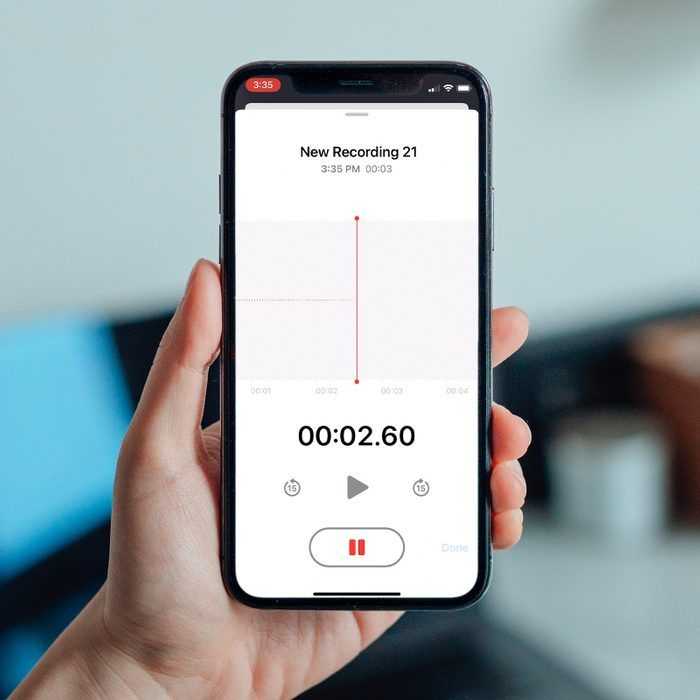
Step-by-Step Instructions for Recording a Call on Android
Recording a call on an Android device can be straightforward with the right approach. Here’s what to do:
- Choose a Recording App: Start by selecting a reliable call recording app from the Google Play Store. ‘Automatic Call Recorder’ and ‘Call Recorder – ACR’ are common choices.
- Install and Set Up the App: Download the app and follow the instructions for setup. You may need to create an account or adjust settings for your preference.
- Verify Legal Compliance: Like with iPhones, ensure the app meets local legal requirements. It should have features to notify the other party about the recording.
- Prepare for the Call: Start or receive the phone call you wish to record.
- Activate the Recording: Tap the record button in the app once the call starts. Some apps might record automatically based on your settings.
- Inform the Other Person: Clearly tell the other individual that you are recording the call. It’s crucial for legal and ethical practice.
- Save the Recording: When the call ends, the recording should save by default. Check the app to make sure your file is stored safely.
- Access and Manage Recordings: Review your recordings within the app. Some apps provide options to label, share, or back up the files.
Following these steps on an Android device can help you record calls successfully. Always be attentive to legal considerations and respect privacy when recording any phone call.
Capturing Phone Calls on Landlines
Recording phone calls on landlines requires different tools than mobile devices. Follow these steps to ensure you capture calls effectively.
- Choose the Right Equipment: First, identify a recording device compatible with landline phones. Options include standalone call recorders or adapters that connect to existing devices.
- Connect the Recorder: Attach the recording device to your landline phone. This might involve linking it to the phone’s audio output or using a special adapter.
- Test the Connection: Before recording actual phone calls, do a test run. Check whether the device captures audio clearly and if there’s any interference.
- Ensure Legal Compliance: Similar to mobile devices, make sure you adhere to legal requirements. Notify all parties that the call will be recorded and obtain their consent if necessary.
- Record the Call: When ready, activate the recording device as the conversation starts. Some devices start recording automatically, while others require manual activation.
- Inform Other Parties: Clarify to everyone on the call that you are recording. How to record a phone call on landlines legally hinges on this step.
- Save and Label the Recording: After the call, save the recording appropriately. Label it with details like date, time, and participants for easy retrieval later.
- Review the Quality: Play back the recording to assess the audio quality. Make adjustments to settings if necessary for future calls.
By following these steps, you can capture phone calls on your landline effectively. Remember, clear communication and legal compliance are critical when recording any call.

Recording Business and Conference Calls
When you need to record business calls or conference calls, planning is key. Business calls often contain important details and decisions that need accurate documentation. Here are steps to record these calls effectively:
- Select a Suitable App or Service: Use a trusted app that can handle multiple participants. Look for services designed for business use, like Zoom, or conference call platforms with recording features.
- Check Compatibility: Ensure the app works well with your conferencing system. Test it ahead of time.
- Inform Participants: At the start of the call, let everyone know you’re recording. This respects everyone’s privacy and complies with the law.
- Initiate Recording: With everyone’s consent, start the recording feature. Most apps have a simple button to press or a command to start recording.
- Note Key Moments: Take note of important points during the call. Some apps allow you to add time-stamped notes to your recording.
- Secure the Recordings: After the call, save the recording to a secure location. Ensure only authorized persons can access it.
- Back-Up Recordings: Keep backups of your recorded calls to prevent data loss. Use cloud storage or other secure methods.
- Review and Share: Go over the recording to confirm quality and clarity. Share it with participants if needed, following data protection policies.
By sticking to these steps, you can capture your business and conference calls with clarity and legal compliance. This ensures that everyone knows how to record a phone call when required, and the resulting audio can serve as a reliable reference.
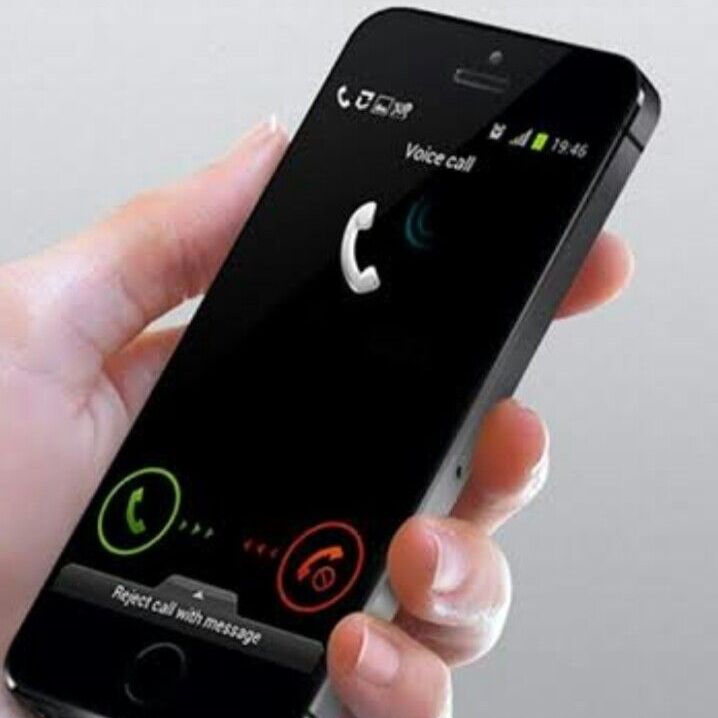
Tips for Ensuring High-Quality Audio
Achieving high-quality audio is essential when recording phone calls. Clear sound enhances communication and ensures that important details are not lost. Here are several tips that help you ensure clarity in your recordings:
- Use a Good Microphone: If possible, use an external microphone rather than your device’s built-in mic.
- Quiet Environment: Record calls in a quiet place. Avoid areas with background noise such as traffic or crowds.
- Strong Signal: On mobile devices, a strong network signal prevents call drops and poor sound quality.
- Speak Clearly: Always speak directly into the microphone. Keep your voice steady and clear.
- Use Speaker Mode Sparingly: Speaker mode can cause echo. Use it only when necessary and keep the volume moderate.
- Test Your Setup: Before an important call, do a test recording to check sound levels and quality.
- Avoid Movement: Limit movement, as it can cause rustling sounds that the microphone might pick up.
- Proper Volume Levels: Adjust your device’s volume settings for a balanced sound that is neither too low nor overpowering.
By following these simple steps, you can significantly improve the audio quality of your recorded calls. Doing so ensures that every word is captured with clarity, enhancing both personal and professional communications.
Storing and Managing Recorded Calls
Ensuring secure storage and management of your recorded phone calls is critical. Proper handling of these recordings is essential to protect sensitive information and maintain easy access when needed. Here’s how to handle recordings with care:
Use Reliable Storage
Choose a trusted platform for storing your recordings. Cloud services like Google Drive and Dropbox provide easy access and robust security. External hard drives also offer solid options for offline storage. Prioritize platforms that offer encryption to safeguard your data from unauthorized access.
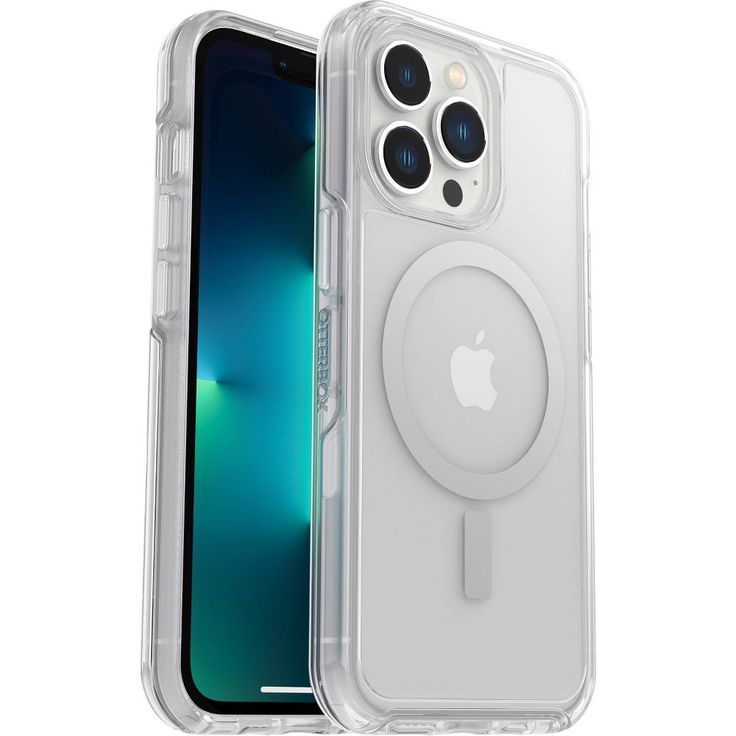
Organize Files
Label recordings with relevant details. Include the date, time, and call participants in your file names. This practice makes retrieving specific recordings straightforward. Consider creating dedicated folders based on topics or projects. A well-structured organization will save you time and effort in the long run.
Check Storage Space
Regularly monitor your storage capacity. Running out of space can hinder your ability to save new recordings. To manage your files effectively, periodically check how much storage is available. Delete unnecessary recordings to avoid clutter and ensure you have enough space for future calls.
Protect Privacy
Keep your recordings safe by utilizing strong passwords. Implementing secure passwords minimizes the risk of unauthorized access. Limit access to your recordings to individuals who need to listen to them. This additional layer of security helps maintain confidentiality.
Stay Compliant
Always follow legal guidelines when storing recordings. Some laws require specific secure storage methods, especially for sensitive information. Familiarize yourself with your local regulations to ensure compliance. By doing this, you protect yourself and minimize potential legal issues.
Back Up Regularly
Creating backups of important calls is vital. Backing up recordings prevents data loss from unforeseen issues like device failure. Utilize both cloud and offline storage for redundancy. This dual approach ensures you will always have access to your critical recordings.
Review and Delete
Periodically review your recordings. Assess which calls are still relevant, and delete those no longer needed. This not only helps manage storage effectively but also maintains your privacy. Regularly cleaning out old files ensures your stored data remains manageable.
Update Methods
Stay informed about the latest storage technology and best practices. Technological advancements continuously improve storage efficiency and security. By keeping up with these updates, you can maximize both the security and accessibility of your recordings.
By persistently applying these steps, you can confidently store and manage your call recordings. This organized approach supports your understanding of how to record a phone call while ensuring compliance with privacy laws and easy access when you need it.
